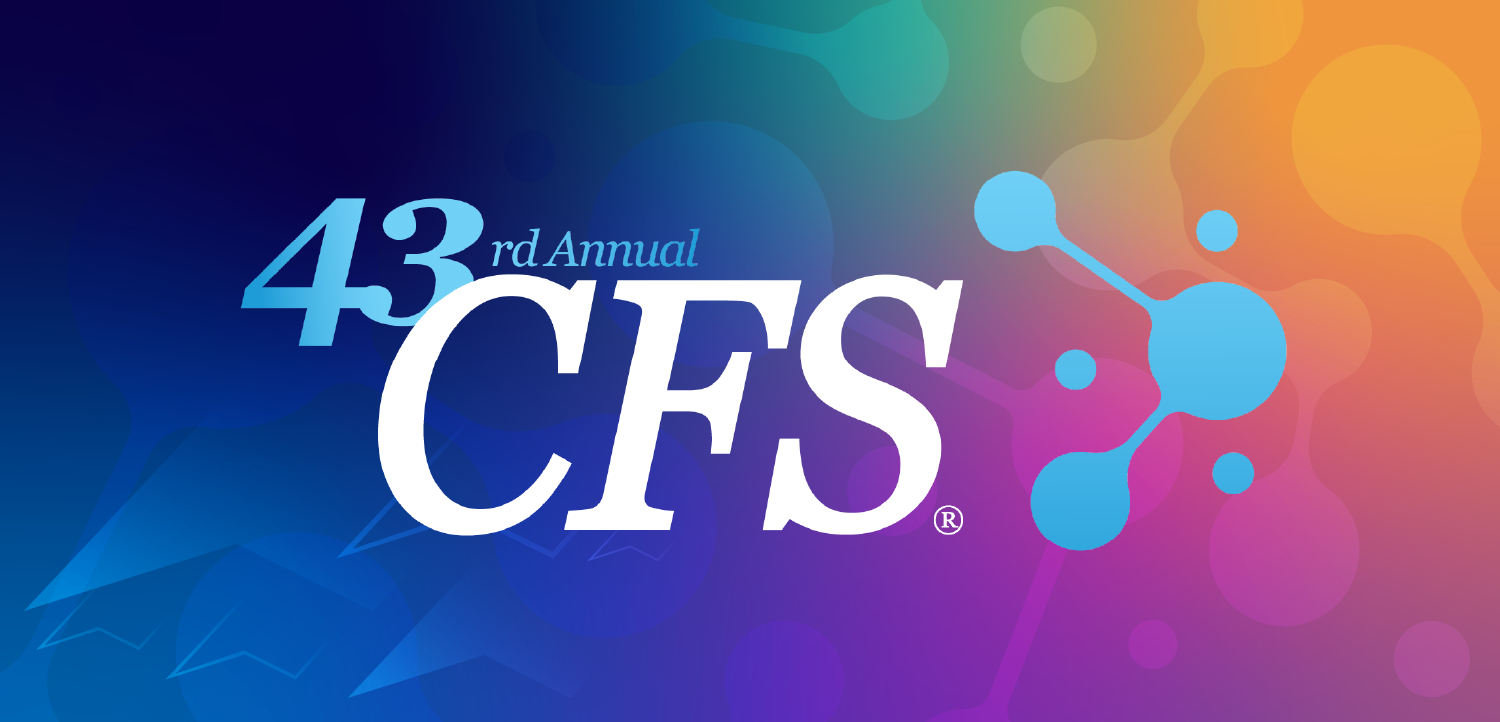Sanofi ties aid Sterling in R&D and market reach
Sterling Drug, a Kodak subsidiary, and Sanofi of France signeda letter of intent last week to form a strategic alliance in thedevelopment and marketing of pharmaceuticals and over-the-counterdrugs. In announcing the agreement, Kodak chairman, president
Sterling Drug, a Kodak subsidiary, and Sanofi of France signeda letter of intent last week to form a strategic alliance in thedevelopment and marketing of pharmaceuticals and over-the-counterdrugs.
In announcing the agreement, Kodak chairman, president andCEO Kay R. Whitmore rebutted speculation that Sterling has providedinsufficient profits since the film giant acquired the drug firmin 1988 (SCAN 12/12/90).
Sales from continuing operations at Sterling have grown about7% a year. Profits from manufacturing operations have increasedby a factor of 4% of sales, and earnings from operations haveincreased by 40% since the acquisition. Sterling's investmentin R&D has also risen 130% under Kodak, Whitmore said.
While Sterling will remain a Kodak subsidiary under terms ofthe agreement, three new joint venture companies will be formed.Sterling's Winthrop Diagnostic Imaging division is a major U.S.supplier of contrast agents for medical imaging. Its major contrastproduct is Omnipaque, which is manufactured by Nycomed of Norway.
The Sanofi relationship will boost R&D funding to a combinedannual level of $500 million, which will assist Sterling in developingnew imaging agents. Both companies will retain direct ownershipand management control over the discovery and development programsof their respective research organizations.
Two of the three joint venture companies will produce and marketpharmaceuticals, including contrast agents. Responsibilities havebeen divided by geographical region. Both companies will use thename Sanofi Winthrop.
One Sanofi Winthrop company will have market responsibilityfor North, South and Central America as well as Australia, NewZealand, Thailand, Malaysia, Singapore, Indonesia and the Philippines.Sterling of New York will hold a majority interest in this group.
The second Sanofi Winthrop group will handle Europe, Africa,the Middle East, India/Pakistan, China, Korea, Hong Kong and Taiwan.Sanofi of Paris will control this company.
This venture follows a number of mergers in the pharmaceuticalindustry, which have provided greater resources to competitors.Two competitors in medical imaging, Bristol-Myers Squibb and DuPont Merck Pharmaceutical (see above), were enlarged by such mergers.
"This trend in corporate consolidation in the pharmaceuticalindustry has occurred in large part because of the enormous timeand costs associated with bringing new drugs to market--sevento 10 years and some $230 million. But the rewards of successfulparticipation remain great," Whitmore said.
Kodak' Healthcare Strategic Marketing Group, formed last year(SCAN 8/1/90), will continue to coordinate the promotion and saleof Sterling pharmaceuticals with that of Kodak's x-ray film andother health-care products. Products developed through the Sanofialliance will eventually be integrated into the HSMG portfolioas well, said Jack Thomas, group vice president and general managerof Kodak's health group.
Newsletter
Stay at the forefront of radiology with the Diagnostic Imaging newsletter, delivering the latest news, clinical insights, and imaging advancements for today’s radiologists.





























